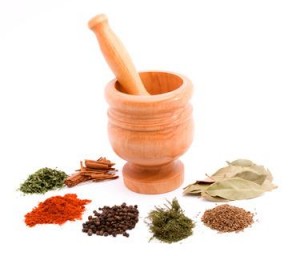


Once you begin treatment, oral thrush usually goes away within a couple of weeks. amphotericin B (AmBisome, Fungizone), a medication that’s used to treat severe cases of oral thrush.itraconazole (Sporanox), an oral antifungal medication that’s used to treat people who don’t respond to other treatments for oral thrush and people with HIV.nystatin (Nystop, Nyata), an antifungal mouthwash that you can swish in your mouth or swab in your baby’s mouth.clotrimazole (Mycelex Troche), an antifungal medication that’s available as a lozenge.fluconazole (Diflucan), an oral antifungal medication.To treat oral thrush, your doctor may prescribe one or more of the following medications: If you need help finding a primary care doctor, then check out our FindCare tool here. They may also remove a sample of tissue for analysis. They insert this “endoscope” through your mouth and into your esophagus to examine it. To perform endoscopy, your doctor uses a thin tube with a light and camera attached to it. They then send this sample to a laboratory for testing. To perform a throat swab culture, your doctor uses a cotton swab to take a tissue sample from the back of your throat.

If your doctor suspects that you have oral thrush in your esophagus, they may use a throat swab culture or endoscopy to confirm the diagnosis. The sample will then be sent to a laboratory to be tested for C. To perform a biopsy, they will scrape off a small portion of the lesion from your mouth. In some cases, your doctor may take a biopsy of the affected area to confirm the diagnosis. Your doctor may be able to diagnose oral thrush simply by examining your mouth for the characteristic lesions that it causes. Learn about some of the factors that can raise your risk of developing an infection when someone passes this fungus to you. albicans is so common in our environment, developing a yeast infection does not mean you necessarily caught it from someone else. albicans is passed from one person to another, it doesn’t always cause oral thrush or other types of yeast infection.Īlso, because C. Your baby can also transmit the fungus to you if they breastfeed when they have oral thrush. If you have a breast yeast infection or nipple yeast infection, you can pass the fungus to your baby while breastfeeding. If you’re pregnant and you have a vaginal yeast infection, you can potentially pass the fungus to your baby during delivery. If you have oral thrush, a vaginal yeast infection, or a penile yeast infection, you can potentially pass the fungus to your partner through vaginal sex, anal sex, or oral sex. It’s possible for you to pass the fungus from one part of your body to another part of someone else’s body. The fungus that causes oral thrush also causes yeast infections in other body parts. In some cases, that person might develop oral thrush. If you have oral thrush, it’s possible to pass the fungus that causes this condition on to someone else if you kiss them. Uncontrolled diabetes weakens your immune system and causes high blood sugar levels. Oral thrush is a common opportunistic infection in people with HIV.ĭiabetes can contribute to oral thrush as well. This makes you more susceptible to oral thrush and other infections.Ĭonditions that weaken your immune system, such as leukemia and HIV, also increase the risk of developing oral thrush. albicans that causes oral thrush if you take certain medications that reduce the number of friendly microorganisms in your body, such as antibiotics.Ĭancer treatments, including chemotherapy and radiation therapy, can also damage or kill healthy cells. albicans under control.īut if your immune system is compromised or the balance of microorganisms in your body is disrupted, the fungus can grow out of control. When your immune system is working properly, beneficial bacteria in your body help keep C. albicans to live in your mouth, without causing harm. Oral thrush and other yeast infections are caused by an overgrowth of the fungus Candida albicans (C.


 0 kommentar(er)
0 kommentar(er)
